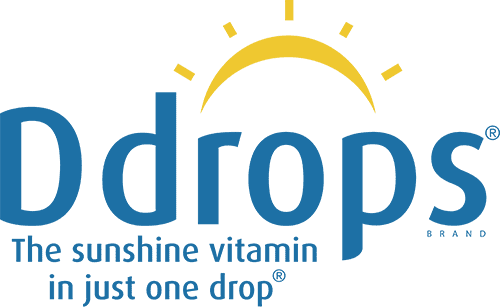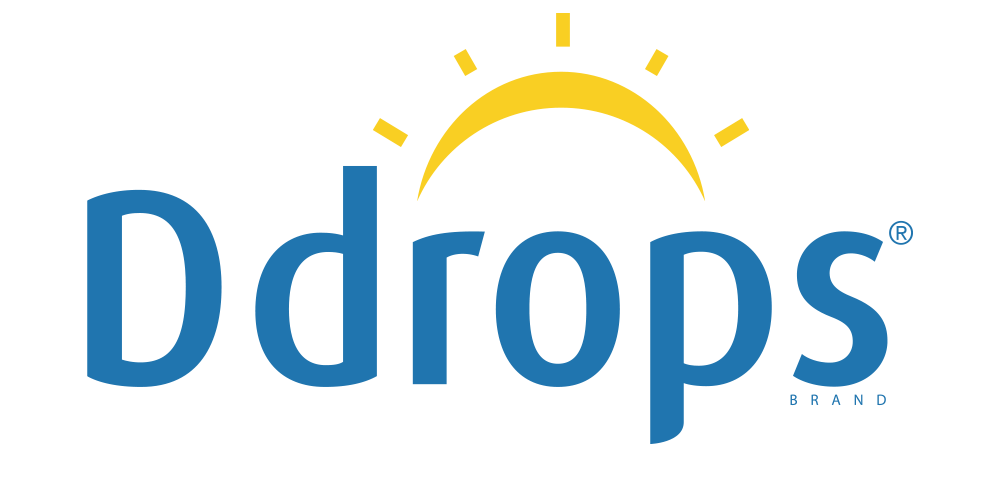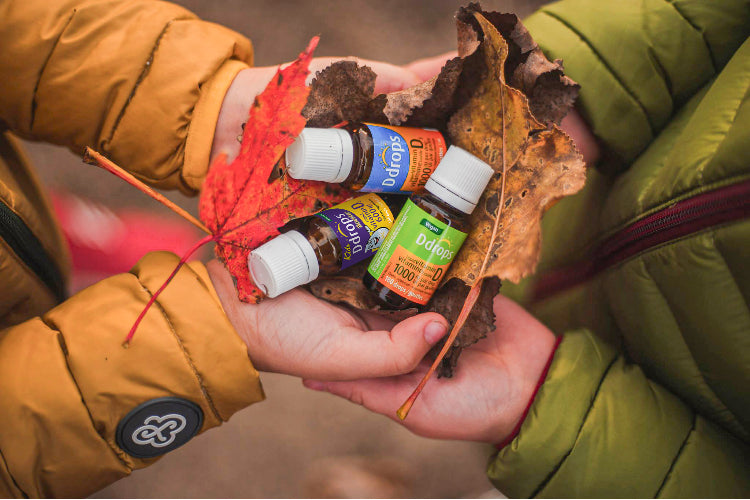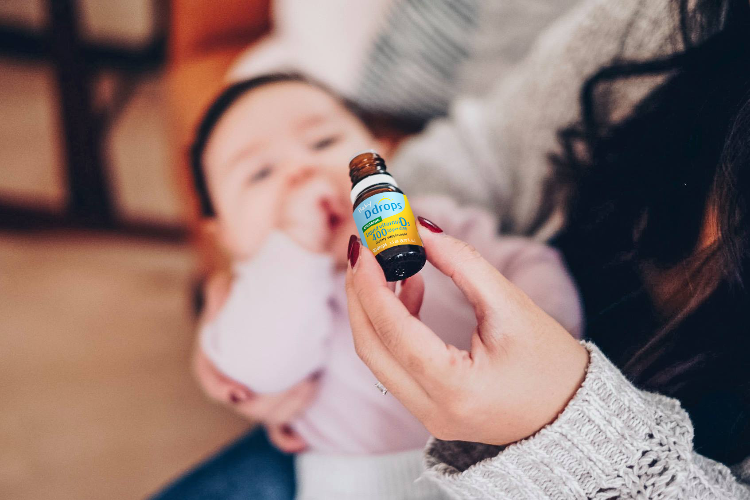28 Februari 2016
Adakah mungkin untuk mendapatkan keperluan harian vitamin D anda dengan pemakanan sahaja? Jawapannya adalah rumit. Ya, ia mungkin. Walau bagaimanapun, ini mungkin menjadi cabaran yang sukar kerana sangat sedikit item makanan yang mengandungi vitamin D. Anda mungkin juga perlu mengambil bahagian yang besar untuk memenuhi keperluan vitamin D anda.
Cadangan untuk pengambilan vitamin D untuk orang dewasa boleh bergantung kepada banyak faktor. Jadual berikut menunjukkan jumlah yang anda perlukan setiap makanan tersenarai untuk mencapai minimum 600 IU. Sesetengah makanan mengandungi vitamin D secara semula jadi, dan sesetengahnya diperkaya dengan vitamin D.
| Sumber Pemakanan vitamin D | Kandungan vitamin D (anggaran setiap hidangan) | Jumlah anggaran untuk menyediakan 600 IU vitamin D |
| Sardin, dalam tin | 500 IU (3.5oz, 100g) | 4.2 oz (120 g) |
| Salmon, dimasak | 360 IU (3.5oz, 100g) | 5.8 oz (167 g) |
| Tenggiri, masak | 345 IU (3.5oz, 100g) | 6 oz (174 g) |
| Tuna, dalam tin dalam minyak | 230 IU (3.5oz, 100g) | 9 oz (260 g) |
| Halibut, dibakar atau dibakar | 144 IU (2.6 oz, 75 g) | 11 oz (313 g) |
| Salad tuna | 144 IU (125 mL) | 17 oz (521 mL) |
| Tiram, direbus atau dikukus | 136 IU (6 sederhana) | 26 sederhana |
| Susu (bukan lemak, kurang lemak atau keseluruhan) vitamin D - diperkaya | 100 IU (8 auns, 240 ml) | 48 oz (1.4 L) |
| Marjerin, diperkaya | 60 IU (1 sudu besar, 15 ml) | 10 sudu besar (150 ml) |
| Kuning telur | 20 IU | 30 biji telur |
| Daging lembu, dikisar, biasa, digoreng | 12 IU (2.6 oz, 75 g) | 132 oz (3,750 g) |
| Dada ayam, panggang (dengan kulit) | 8 IU (2.6oz, 75g) | 198 oz (5,625 g) |
Diadaptasi daripada Health Canada "Nilai Nutrien Beberapa Makanan Biasa - Buku Kecil", 2008




Để lại một bình luận
Trang web này được bảo vệ bằng hCaptcha. Ngoài ra, cũng áp dụng Chính sách quyền riêng tư và Điều khoản dịch vụ của hCaptcha.